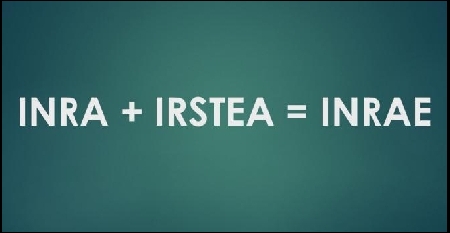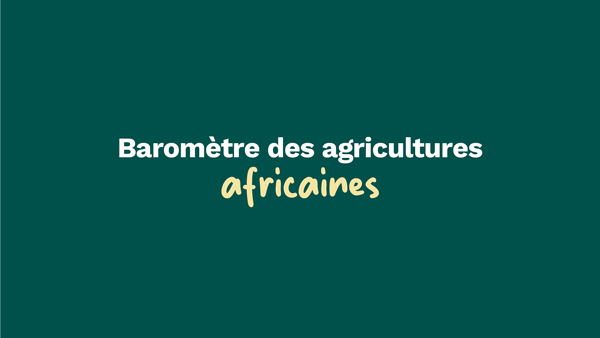4- Ensuring all farmers are paid enough
There can be no farming without farmers. These farmers must be paid enough, otherwise they will produce less, stop investing, or leave their farms. Previously, we discussed the need to increase agricultural production within a difficult environmental context. To achieve this, everyone’s best efforts will be needed, whatever the size of their farm, their type of land occupancy, or their location.

One of the conditions is that sales prices for agricultural products need to be high enough to pay all producers. So, what is the right price for a product which will achieve this objective? Is it the cost price in a Brazilian farming company managing tens of thousands of hectares (and employing many low-paid farm workers), that of an average European farmer with a hundred hectares or a small Indian farmer living on three hectares or less?
Today, major agricultural markets everywhere have become globalized. The consequence of this is a standardization of prices for different producers, and often this price corresponds to whatever is most competitive. Clearly, this is not sustainable for farmers whose production conditions are very different from the most competitive regions.
How to enable all the farmers in the world to live off their work?
Only differentiated agricultural policies can avoid a retreat or even disappearance of agriculture in regions in which production conditions are more difficult. This relies on governments choosing this path, and not being held to prior international agreements. Once they have been decided, these policies must adapt to the size of the production structures, the level of training the farmers have received and the proportion of production that should be exported to international markets.
A complicated and fragile balance
It is obvious that the global agricultural system will not be able to achieve all the objectives it has been set. Without giving up on any of them, as all of them are essential, difficult choices will need to be made.
First of all, agricultural production must increase, but in lower amounts than those advised by the FAO (and observed for half a century). Some change of direction will be required to avoid the greatest collateral damage. What shape should this take?
Yields need to keep on increasing, but less quickly than planned, if nothing else because of the changes in climate which will affect certain regions. However, the priority should be to stop clearances of forests, particularly tropical forests.
For their part, as they become better informed by dieticians and, in all likelihood, constrained by market prices, consumers will curb their food purchases. In particular, the consumption of meat, particularly red meat, will drop steeply in high-income countries and will not be able to find new clients.[1]
Farmers, too, can contribute to reducing greenhouse gases in a very significant way. To do this, they will have to thoroughly overhaul many of their usual agronomic practices. Some changes will be relatively easy to make, others will require more complex modifications.
Protecting the environment and biodiversity will require more time. Restoring soil fauna and flora and repopulating the countryside with birds and bees are essential objectives even if they are difficult to achieve. The same goes for the protection of ground water and rivers.
In all farms, the above objectives will need to be achieved, despite the extraordinary diversity of situations across the world. They must be implemented while ensuring the smallest farmers are paid enough. However, it seems fair to us that the biggest farms should be encouraged to play a significant part in the efforts required, not only to feed the world but to save the planet.
by André Neveu from the Académie agriculture of France
[1] Some people are convinced that the production of “artificial” meat, grown in a laboratory has future, and will take over from animal meat. Perhaps. But it should be remembered that this mode of production will require a substrate, probably made up of vegetable or cereal protein.




